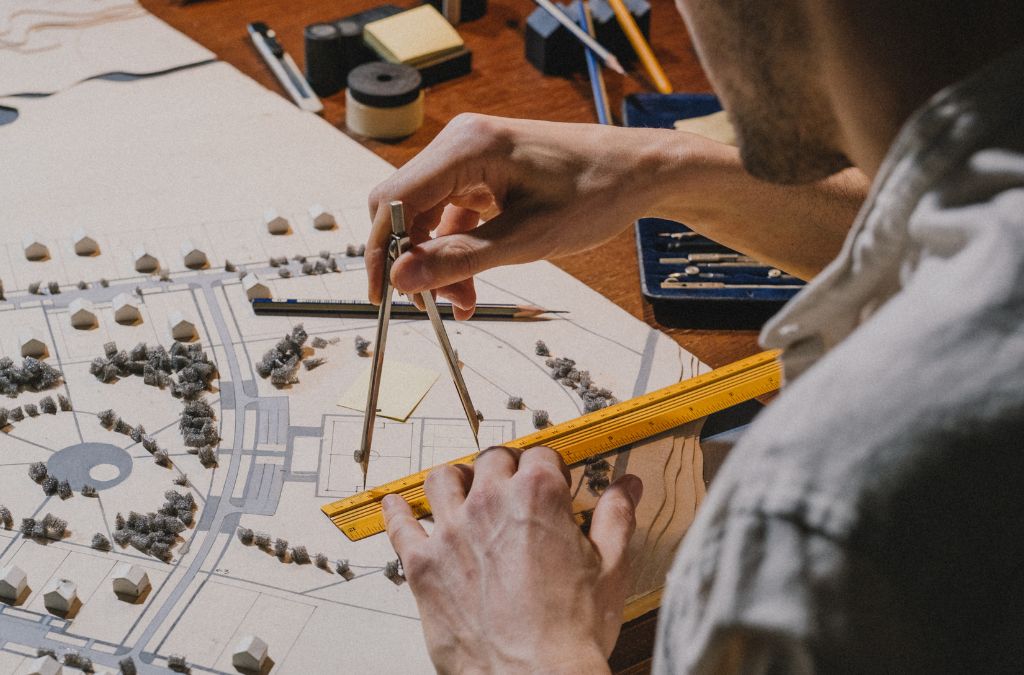-
Table of Contents
- The Art of Architecture: Blending Function and Aesthetics
- The Historical Perspective
- Examples from History
- Modern Architecture: Form Meets Function
- Case Studies
- The Role of Technology
- Technological Innovations
- Sustainability in Architecture
- Examples of Sustainable Architecture
- The Future of Architecture
- Emerging Trends
- Conclusion
The Art of Architect: Blending Function and Aesthetics
Architecture stands at the intersection of art and science, where creativity meets practicality. The challenge lies in designing structures that are not only visually appealing but also functional. This delicate balance is what defines the art of architecture.
The Historical Perspective
Throughout history, architecture has evolved to reflect the cultural, technological, and social changes of the times. Ancient civilizations like the Egyptians and Greeks set the foundation with monumental structures such as the Pyramids and the Parthenon. These edifices were not only feats of engineering but also symbols of their respective cultures.
Examples from History
- The Pyramids of Giza: These ancient wonders were designed with precise geometric proportions, serving both as tombs and as symbols of eternal life.
- The Parthenon: This Greek temple exemplifies the use of symmetry and proportion, reflecting the Greeks’ pursuit of beauty and harmony.
- Gothic Cathedrals: Structures like Notre-Dame de Paris showcase the use of vertical lines and light to create a sense of awe and spirituality.
Modern Architecture: Form Meets Function
In the modern era, architects like Frank Lloyd Wright and Le Corbusier revolutionized the field by emphasizing functionality without sacrificing aesthetics. Wright’s Fallingwater and Le Corbusier’s Villa Savoye are prime examples of this philosophy.
Case Studies
- Fallingwater: Wright’s masterpiece integrates seamlessly with its natural surroundings, using cantilevered structures to create a sense of harmony with nature.
- Villa Savoye: Le Corbusier’s design focuses on open spaces and the use of pilotis (supporting columns) to create a floating effect, embodying his “Five Points of Architecture.”
The Role of Technology
Advancements in technology have significantly impacted architectural design. Computer-aided design (CAD) software allows for more precise and innovative structures. Materials like steel and glass have enabled the construction of skyscrapers and other modern marvels.
Technological Innovations
- CAD Software: Tools like AutoCAD and Revit have revolutionized the design process, allowing for more complex and accurate plans.</
- New Materials: The use of steel and glass has enabled the construction of taller and more intricate buildings.
- Sustainable Design: Innovations in green technology have led to the development of eco-friendly buildings, such as the Bullitt Center in Seattle.
Sustainability in Architecture
With growing environmental concerns, sustainable architecture has become a focal point. Architects are now incorporating eco-friendly materials and energy-efficient systems into their designs. This approach not only benefits the environment but also enhances the quality of life for occupants.
Examples of Sustainable Architecture
- The Bullitt Center: Known as the “greenest commercial building in the world,” it features solar panels, rainwater harvesting, and composting toilets.
- Bahrain World Trade Center: This building integrates wind turbines into its design, generating a significant portion of its energy needs.
- One Central Park: Located in Sydney, this residential tower features vertical gardens and a heliostat to reflect sunlight into shaded areas.
The Future of Architecture
The future of architecture promises even more exciting developments. With the advent of 3D printing, architects can now create complex structures with unprecedented ease. Virtual reality (VR) and augmented reality (AR) are also transforming the way architects visualize and present their designs.
Emerging Trends
- 3D Printing: This technology allows for the creation of intricate designs and reduces construction time and waste.
- VR and AR: These tools enable architects to create immersive experiences, allowing clients to “walk through” a building before it is constructed.
- Smart Buildings: The integration of IoT (Internet of Things) technology is leading to the development of buildings that can adapt to the needs of their occupants in real-time.
Conclusion
Architecture is a dynamic field that continually evolves to meet the needs of society. By blending function and aesthetics, architects create spaces that are not only beautiful but also practical. As technology advances and sustainability becomes increasingly important, the art of architecture will continue to push boundaries and inspire future generations.
